- Jul 2, 2018
- 3,039
 |
Headquarters |
 |
Andrew Fisher Building, Barton, Australian Capital Territory |
Ministers |
| Office(s): | Officeholder: | Image: |
|---|---|---|
| Prime Minister | The Honourable Julia Gillard, MP |  |
| Deputy Prime Minister | The Honourable Wayne Swan, MP | |
| Minister for Women | The Honourable Tanya Plibersek, MP | |
| Minister for Aboriginal and Torres Strait Islander Affairs | The Honourable Senator Nova Peris | |
| Minister for the Public Service Cabinet Secretary | The Honourable Robert McClelland, MP | |
| Parliamentary Secretary to the Prime Minister | The Honourable Senator Dr. Ursula Stephens | |
| Secretary of the Department of the Prime Minister and Cabinet | Terry Moran, AO |  |
| National Security Adviser | Michelle Chan |  |
 |
Overview |
| The Prime Minister's Office (PMO), also known as the Office of the Prime Minister, is the private office of the Prime Minister of Australia that provides political advice and executive support to the Prime Minister. The PMO is led by the Prime Minister's Chief of Staff and Principal Private Secretary and is composed of ministerial advisers assisting with party politics, media relations, and political strategy. The organisational structure and staffing arrangements of the Prime Minister's Office changed with the personal preferences, political interests, and strategic priorities of the Prime Minister of the day. The PMO also seconds Departmental Liaison Officers from the Department of the Prime Minister and Cabinet to enable engagement for the flow of advice, correspondence, submissions and other communications to and from the PMO and PM&C. |
| Office: | Officeholder: | Image: |
|---|---|---|
| Chief of Staff to the Prime Minister | David Epstein |  |
| Principal Private Secretary | Yaron Finkelstein |  |
Overview |
| The International and Security Group of the Department of the Prime Minister and Cabinet, led by the Deputy Secretary for International and Security, provides advice on Australia's foreign, trade and treaty matters, defence, intelligence, non-proliferation, counter-terrorism, law enforcement, border security and emergency management matters, coordinates security-related science and technology research matters, and plays a co-ordinating leadership role in the development of integrated, whole-of-government national security policy. The International and Security Group comprises two divisions each led by a First Assistant Secretary. |
Policy Divisions |
| Division: | Role: | Branches: |
|---|---|---|
| International Divison | Provides advice, co-ordination and leadership on Australia's foreign, trade, aid and treaty matters and priorities, including bilateral relations, relationships with regional and international organisations, free trade negotiations and whole-of-government priorities for the overseas aid program. |
|
| National Security Division | Provides advice, co-ordination and leadership on integrated, whole-of-government policy matters, priorities and strategy in the areas of military operations, defence strategy, domestic security and critical infrastructure protection. |
|
| Committee: | Members: | Subcommittees: |
|---|---|---|
| Secretaries Committee on National Security |
|
|
| National Intelligence Coordination Committee |
|
|
 |
Overview |
| The National Intelligence Community is an agile, integrated and data-driven intelligence enterprise that meets the challenges presented by Australia’s evolving strategic and security environment. Agencies collaborate on missions, to develop joint capabilities and shared services, with a particular focus on common technology, workforce and professional development capabilities. Agencies also provide integrated advice to the Government on intelligence priorities, requirements, performance and resourcing. The National Security Strategy includes six core intelligence agencies in the Australian Intelligence Community (AIC), and defines the National Intelligence Community (NIC) as comprising the Australian Intelligence Community and further policy departments and other government agencies. |
Australian Intelligence Community Agencies |
| Logo | Agency: | Department: | Agency Head: | Size (CLASSIFIED): | Role: |
|---|---|---|---|---|---|
 | Office of National Intelligence | Department of the Prime Minister and Cabinet | Director-General Peter Varghese | 150 | Intelligence assessment, Open-source intelligence (OSINT) |
 | Australian Security Intelligence Organisation | Department of Home Affairs | Director-General Mike Burgess | 2,000 | Human intelligence (HUMINT), Counterintelligence, Security Agency |
 | Australian Secret Intelligence Service | Department of Foreign Affairs and Trade | Director-General David Irvine | 1,300 | Human intelligence (HUMINT) |
 | Australian Signals Directorate | Department of Defence | Director-General Rachel Noble | 1,900 | Signals intelligence (SIGINT) |
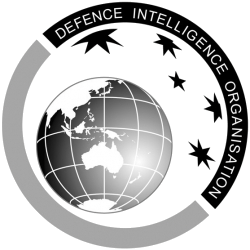 | Defence Intelligence Organisation | Department of Defence | Director Major General Maurie McNarn | 650 | Strategic intelligence (STRATINT), Technical intelligence (TECHINT) |
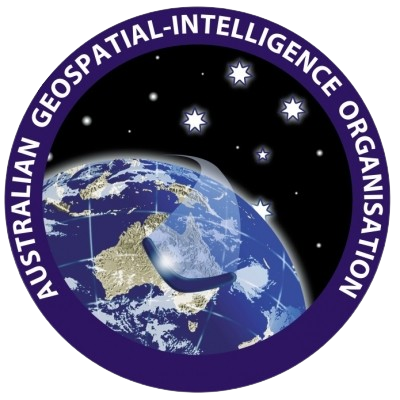 | Australian Geospatial-Intelligence Organisation | Department of Defence | Director Maria Fernandez | 1,000 | Geospatial intelligence (GEOINT), Imagery intelligence (IMINT) |
Other National Intelligence Community Agencies |
| Logo | Agency: | Department: | Agency Head: | Size: | Role: |
|---|---|---|---|---|---|
 | Australian Federal Police | Department of Home Affairs | Commissioner Tony Negus | 7,300 | All-source intelligence |
 | Australian Border Force | Department of Home Affairs | Commissioner Roman Quaedvlieg | 6,300 | All-source intelligence |
 | Australian Criminal Intelligence Commission | Department of Home Affairs | Chief Executive Officer John Lawler | 800 | Criminal intelligence (CRIMINT) |
 | Australian Transaction Reports and Analysis Centre | Department of Home Affairs | Chief Executive Officer Elizabeth Montano | 300 | Financial intelligence (FININT) |
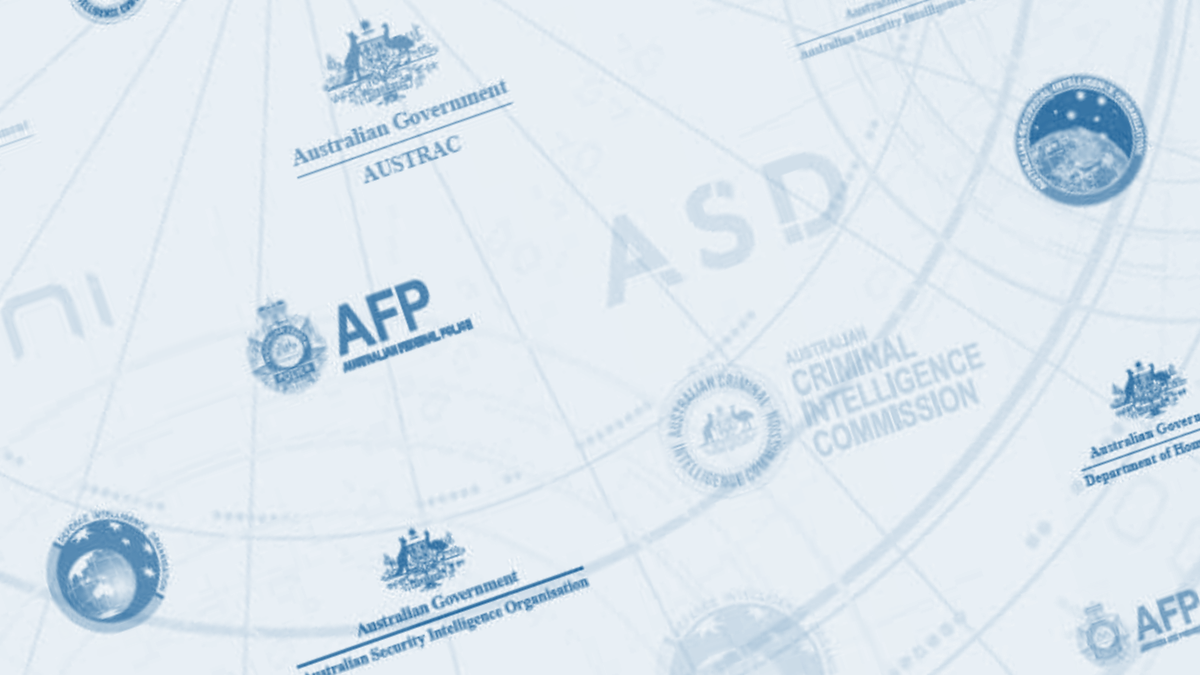 |
 |
Overview |
| The Office of National Intelligence (ONI) is an Australian statutory intelligence agency responsible for advising the Prime Minister and National Security Committee, the production of all-source intelligence assessments, and the strategic development and enterprise management of the National Intelligence Community. The ONI is directly accountable to the Prime Minister of Australia as a portfolio agency of the Department of the Prime Minister and Cabinet. ONI is the Australian equivalent of the United States Office of the Director of National Intelligence and the United Kingdom Joint Intelligence Organisation. ONI also plays a coordination role in the National Intelligence Community through evaluating foreign intelligence products, convening the National Intelligence Committee, and developing relationships with intelligence agencies around world. ONI also collects and analyses open-source intelligence (OSINT). |
Headquarters |
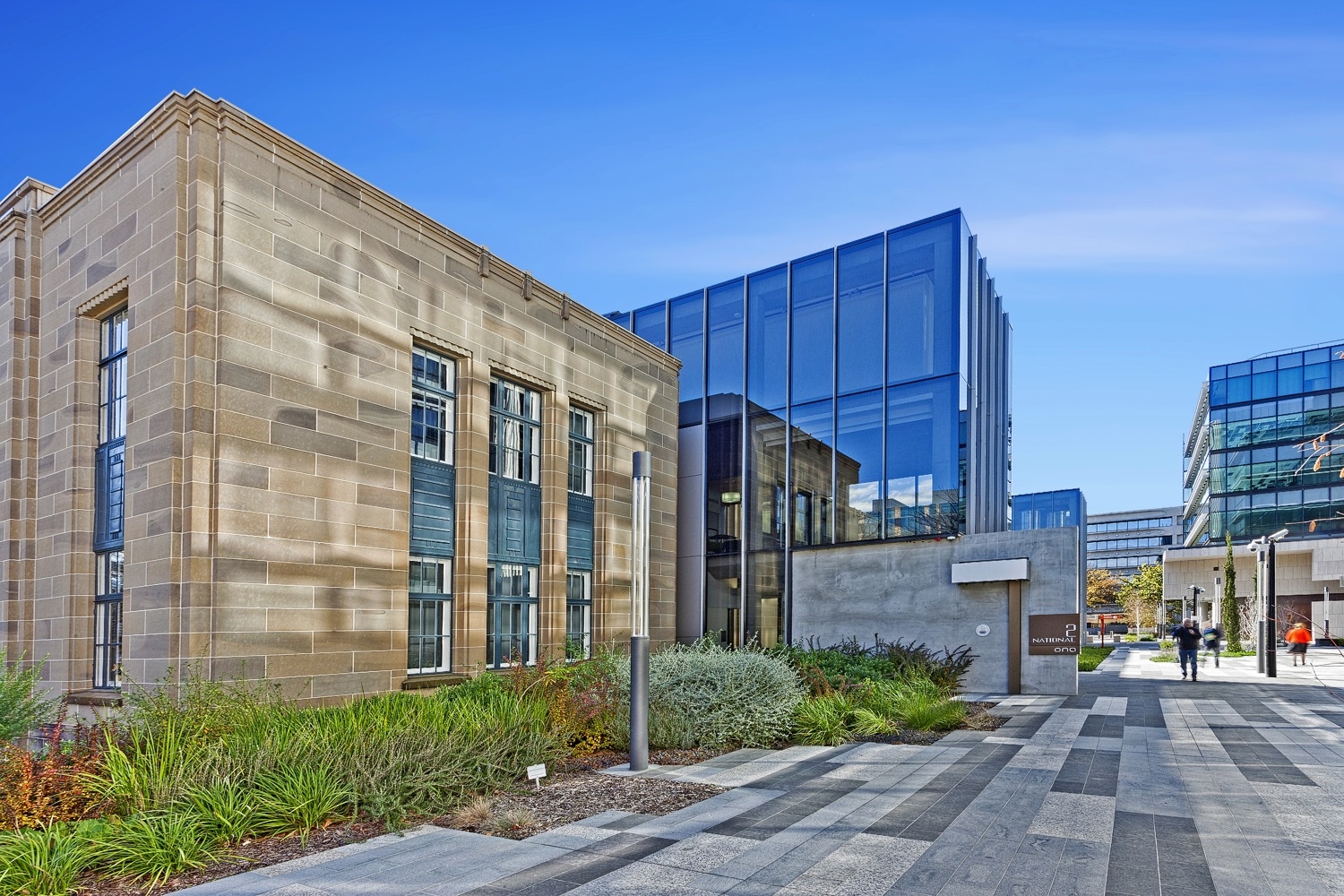 |
Robert Marsden Hope Building, Barton, Australian Capital Territory |
| Office: | Officeholder: | Image: |
|---|---|---|
| Director-General of the Office of National Intelligence | Peter Varghese | 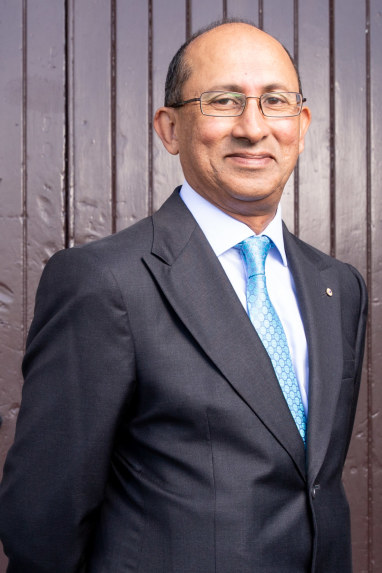 |
| Type: | Amount: |
|---|---|
| Intelligence Agents | 150 |
| Unit: | Size: | Base: |
|---|---|---|
| Executive and Foreign Intelligence Coordination Branch | 10x Intelligence Agents | Robert Marsden Hope Building, Canberra |
| Washington Liaison | 5x Intelligence Agents | Embassy of Australia, Washington D.C. |
| London Liaison | 5x Intelligence Agents | High Commission of Australia, London |
| Unit: | Size: | Base: |
|---|---|---|
| Open Source Centre | 20x Intelligence Agents | Robert Marsden Hope Building, Canberra |
| North Asia Branch | 20x Intelligence Agents | Robert Marsden Hope Building, Canberra |
| South East Asia Branch | 20x Intelligence Agents | Robert Marsden Hope Building, Canberra |
| South Asia and Middle East Branch | 20x Intelligence Agents | Robert Marsden Hope Building, Canberra |
| Oceania Branch | 20x Intelligence Agents | Robert Marsden Hope Building, Canberra |
| International Economy Branch | 10x Intelligence Agents | Robert Marsden Hope Building, Canberra |
| Transnational Issues Branch | 10x Intelligence Agents | Robert Marsden Hope Building, Canberra |
| Strategic Analysis Branch | 10x Intelligence Agents | Robert Marsden Hope Building, Canberra |
 |
Overview |
| The Inspector-General of Intelligence and Security (IGIS) is an independent statutory office holder in the Commonwealth of Australia responsible for reviewing the activities of the six intelligence agencies which collectively comprise the Australian Intelligence Community (AIC). With own motion powers in addition to considering complaints or requests from ministers, IGIS is a key element of the accountability regime for Australia’s intelligence and security agencies. The Office of the Inspector-General of Intelligence and Security is situated within the Prime Minister’s portfolio for administrative purposes, but as an independent statutory office holder, the IGIS is not subject to general direction from the Prime Minister on how the functions under the IGIS Act should be carried out. The role and functions of the IGIS are set out in sections 8, 9 and 9A of the IGIS Act. These sections of the IGIS Act provide a legal basis for the IGIS to conduct regular inspections of the AIC agencies and to conduct inquiries, of varying levels of formality, as the need arises. The functions of the Inspector‑General do not include inquiring into the matters to which a complaint made to the Inspector‑General by an employee of an agency relates to the extent that those matters are directly related to the promotion, termination of appointment, discipline or remuneration of the complainant or to other matters relating to the complainant’s employment. The IGIS:
The AIC agencies are also subject to review by the Parliamentary Joint Committee on Intelligence and Security as well as the Australian National Audit Office. Certain ASIO assessments can be appealed to the Administrative Appeals Tribunal for a merits review of a decision. Proceedings can also be instituted against AIC agencies in the Courts. |
| Office: | Officeholder: | Image: |
|---|---|---|
| Inspector-General of Intelligence and Security | Dr. Vivienne Thom, AM | 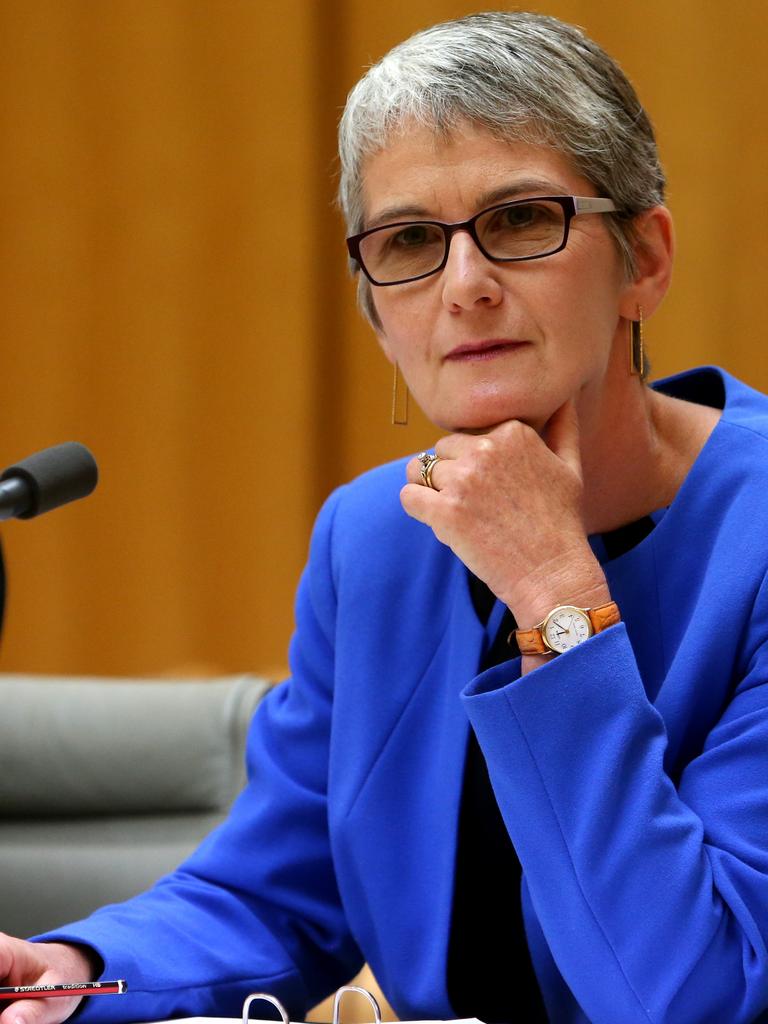 |
Last edited:



